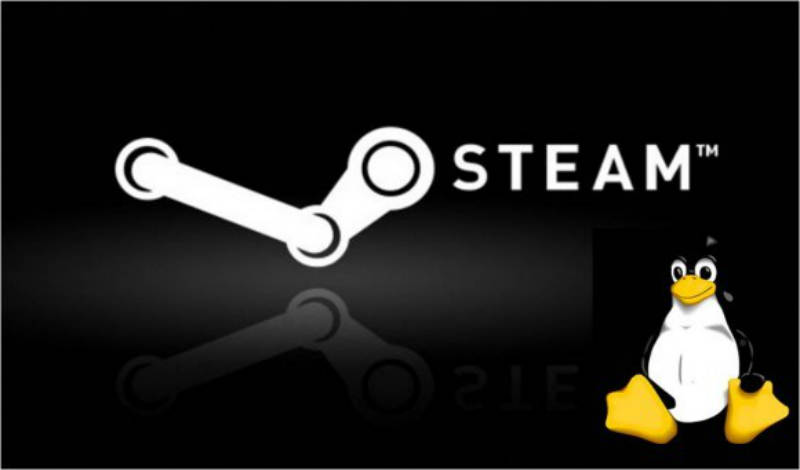Article by Mark
There has always been a silent war between Windows and GNU/Linux fans. The first one is developed by Microsoft and definitely not free of charge, while the second is not that widely used, but available to anyone as open source software. Linux comes with numerous pros for those that use it; over time, many people have realized these advantages and thus the use of Linux noted a growth of 0.11 points in 2015, reaching a 1.74% market share.
Nevertheless, the thing that’s point of interest in this article is how the increased use of Linux devices affected the growth of gaming on Linux. Linux gaming actually refers to developing and playing video games on this open source operating system. As most Linux fans probably know, the development of this idea started as an extension of already existing Unix gaming. It’s believed that the commercial Linux gaming platform was born back in 1994 when the popular game Doom was ported to Linux by Dave D. Taylor. Later on, Taylor was involved in many other projects that only further helped Linux gaming to become reality. For example, working in his free time, in 1996 he collaborated with id Software in order to make the game Quake available to Linux.
Besides Taylor, other important names in the world of Linux gaming are David Kirsch, Timothee Besset and Don Hopkins. The first two worked on many id Software Linux products, whereas Hopkins was the person that ported the superb SimCity to Linux in 1995. Similar games that emerged from that period include Inner Worlds and Hopkins FBI. Over the years the situation was only getting better and better, with new titles released or ported on regular basis. Even though 10+ years ago Linux gaming wasn’t as big as it is now, that’s the period when the concept was born and managed to rise.
Similarly like mobile gambling has noted an incredible growth, Linux gaming has been constantly improving. Just like more and more players switch from casinos to mobile devices such as the iPhone to enjoy the most entertaining slots in South Africa, more and more gamers decide to give the Linux gaming concept a chance.
This brings us to the current state of Linux gaming, which is better than ever thanks to the fantastic Valve’s StreamOS. The idea of creating a gaming oriented Linux based operating system was announced back in 2013 and it was developed by Valve. The Stream was initially released in December, 2013 and it helped the number of Linux supported games to grow for more than five times within a year. In 2014, the Stream’s store page offered over 300 titles, even though none of them were developed by leading companies such as Ubisoft, Electronic Arts or Activision.
The number of titles in the Linux game catalogue jumped to over 1,000 in February, 2015, and recently it reached more than 1,500 Linux-supported games. Even though this is far from the 6,450+ Windows games and 3,200+ OS X games, it’s still amazing how much the Linux gaming offer has grown in such a short time. Now, many years after the first Linux game has been released, fans of the OS can play Dota 2, Counter-Strike: Global Offensive, Middle Earth: Shadow of Mordor and etc.
To sum up, there are lots of people that strongly believe Linux gaming is the future of gaming. As long as there are such gamers as well as dedicated developers, we can expect the concept to expand and reach new milestones. Two more than obvious things are the facts that Linux’s market share slowly increases, while the number of games that support the system steadily grows. Both progresses promise a bright future for Linux gaming and it’s only a question of time when many other fan favourite titles will be available to Linux users.
Popular Posts:
- None Found



Sleepless Software says Inner Worlds is freeware now https://sleepless.com/iw/
GNU/Linux version at Internet Archive https://archive.org/details/iw12-linux